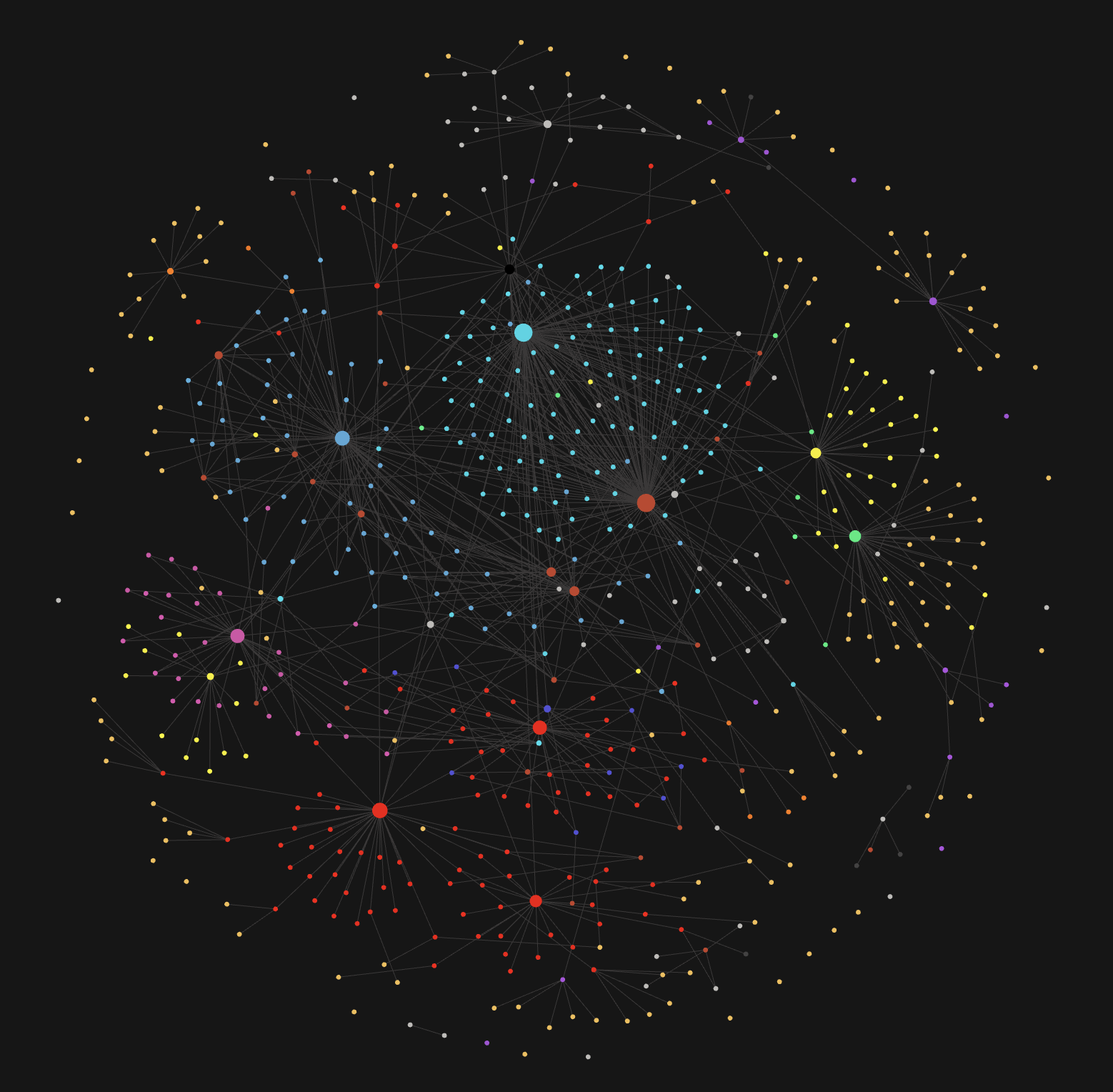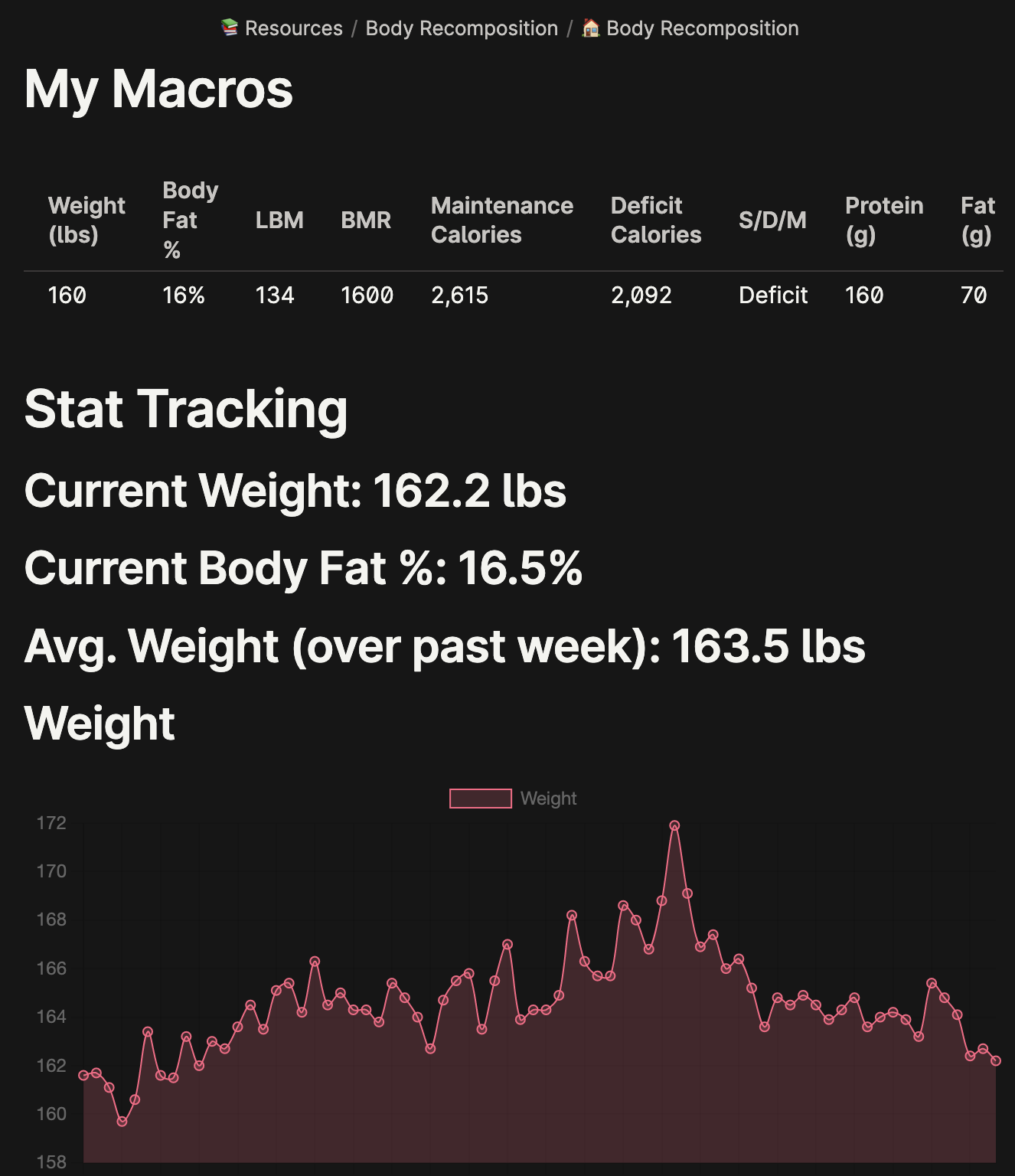Building My Second Brain
Building My Second Brain: A Journey with Obsidian

Building a Second Brain, a concept by Tiago Forte, is a method of systematically storing and retrieving the ideas, inspirations, and insights we gain through our experiences. This methodology leverages modern technological tools and networks to extend our memory and intellect. As a software engineering student, I embarked on a journey to construct my own “second brain” using Obsidian, a powerful knowledge base that works on top of a local folder of plain text markdown files.
Why Obsidian?
Obsidian stood out to me mainly because of its linking features, which are ideal for encapsulating complex ideas that build upon each other, something common in my computer science and mathematics courses. Another valuable feature of Obsidian is its support for plugins. This enabled me to format my notes beautifully using markdown and LaTeX.
### Example of Markdown in Obsidian
A simple demonstration of how markdown can be used in Obsidian to format notes. LaTeX can be used for mathematical expressions.The Journey
Initially, the process was daunting, akin to creating something out of nothing. However, I found my footing by categorizing my notes into general areas like Classes, Resources, and Projects. I added subfolders within each of these categories and created M.O.Cs (Maps of Content) for easy navigation and linking of ideas.
The Challenges and Triumphs
Despite its benefits, building my second brain was not without challenges. One of the biggest hurdles was determining the purpose of my Obsidian vault. I found my answer in the form of the data view plugin. This plugin allowed me to create a homepage that pulls information from across my vault, giving me a quick overview of my notes, classes, habits, lessons, and even my body recomposition journey!

Making the Most of Obsidian
Among the many plugins available, I found Dataview, Advanced Tables, Templater, Admonition, Checklist, and Homepage to be the most useful. Also, for developers like me, syncing your Obsidian vault to a GitHub repository can prove beneficial, allowing you to access and save changes to your vault across different devices and contributing to your GitHub contribution chart/history.
Resources I Recommend
- Building a Second Brain by Tiago Forte
- Tiago Forte on YouTube
- John Maverick on YouTube
- No Boilerplate on YouTube
Conclusion
Embarking on this journey to build my “second brain” in Obsidian has definitely been a game changer. It has not just aided me in my academics, but has also become an integral part of my daily life, from journaling and tracking habits to finding recipes. I would encourage anyone interested in better organizing their knowledge to consider building their own “second brain”. Remember, your second brain should be an extension of your own brain and how it functions.